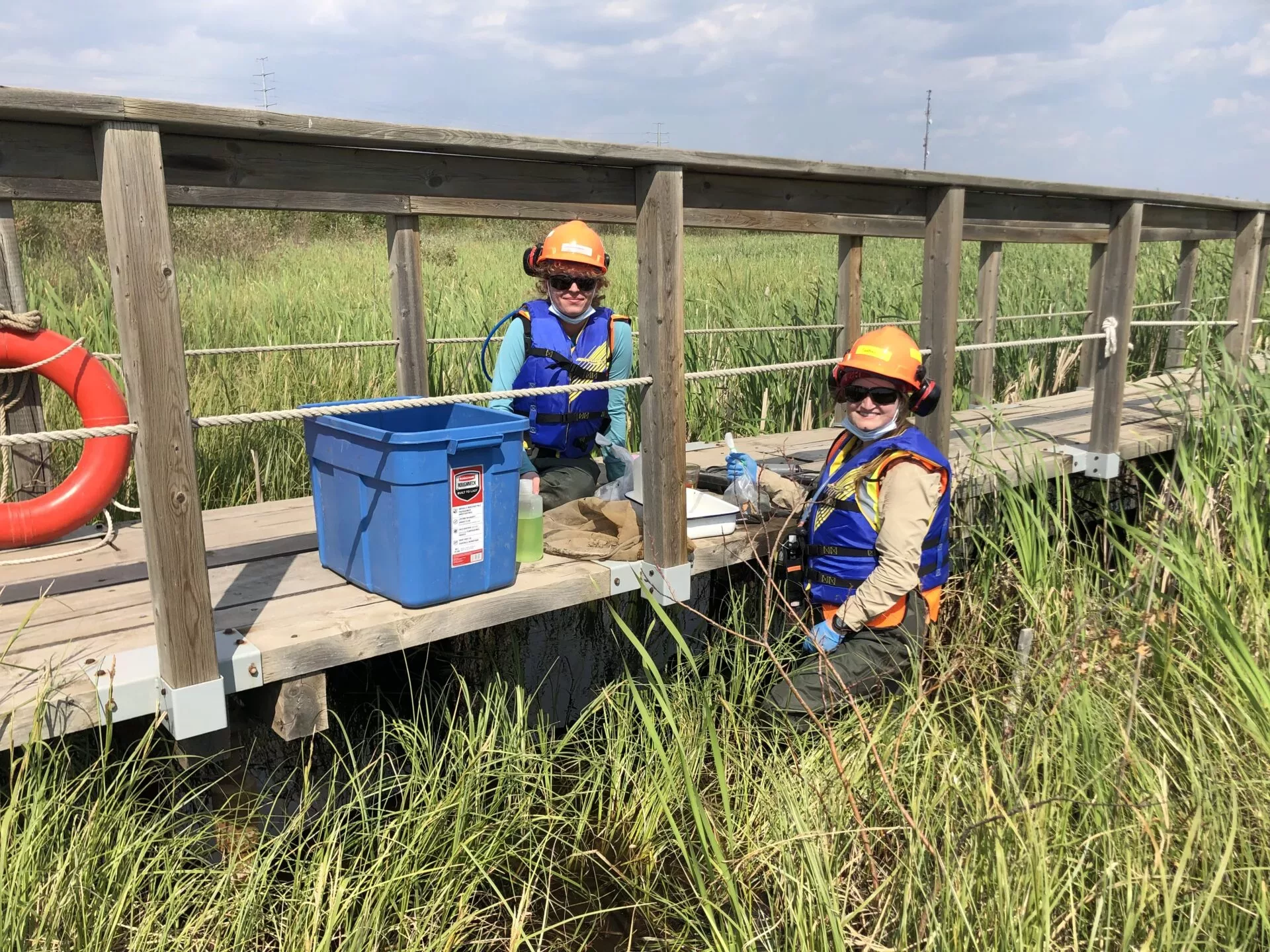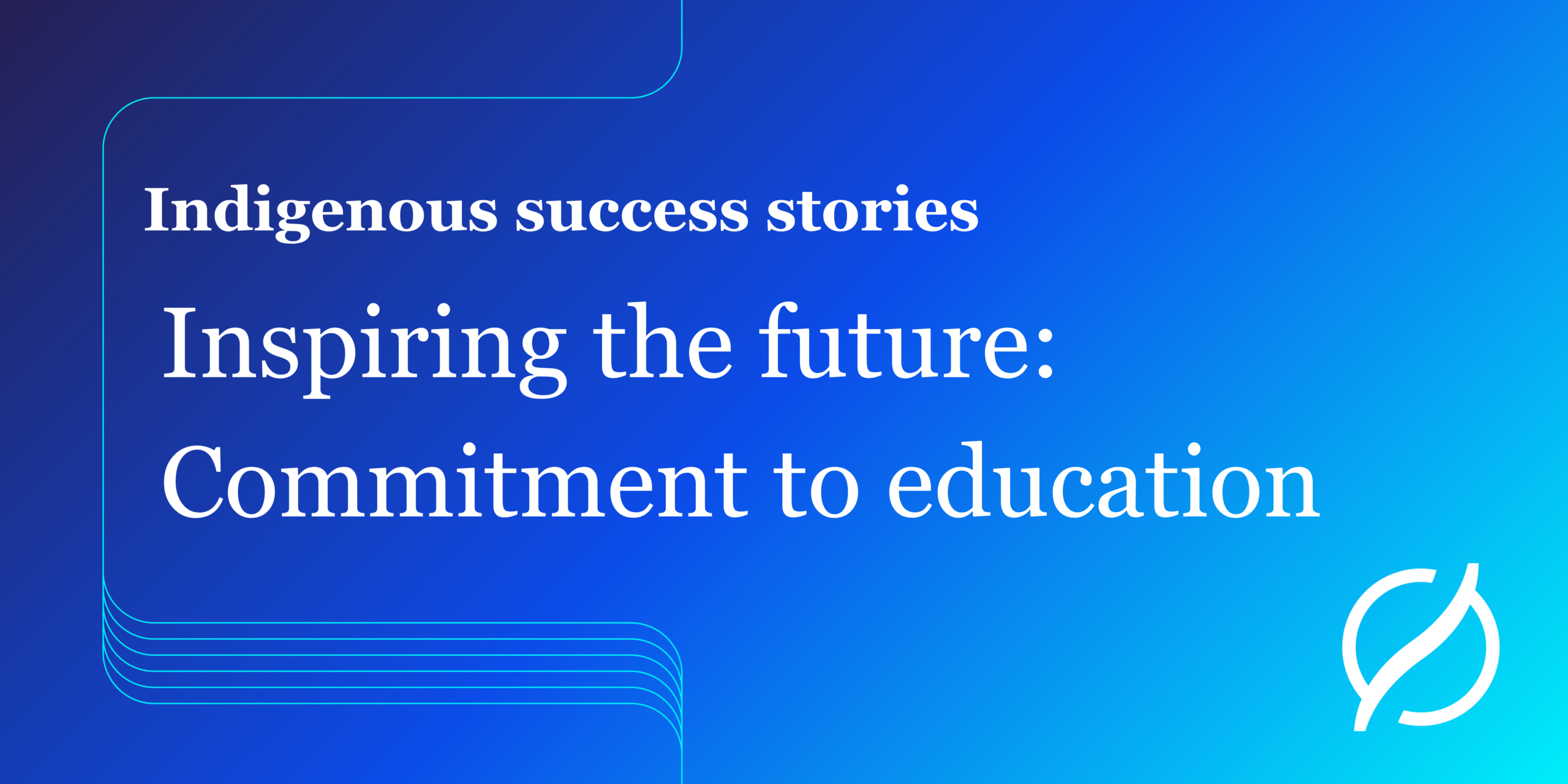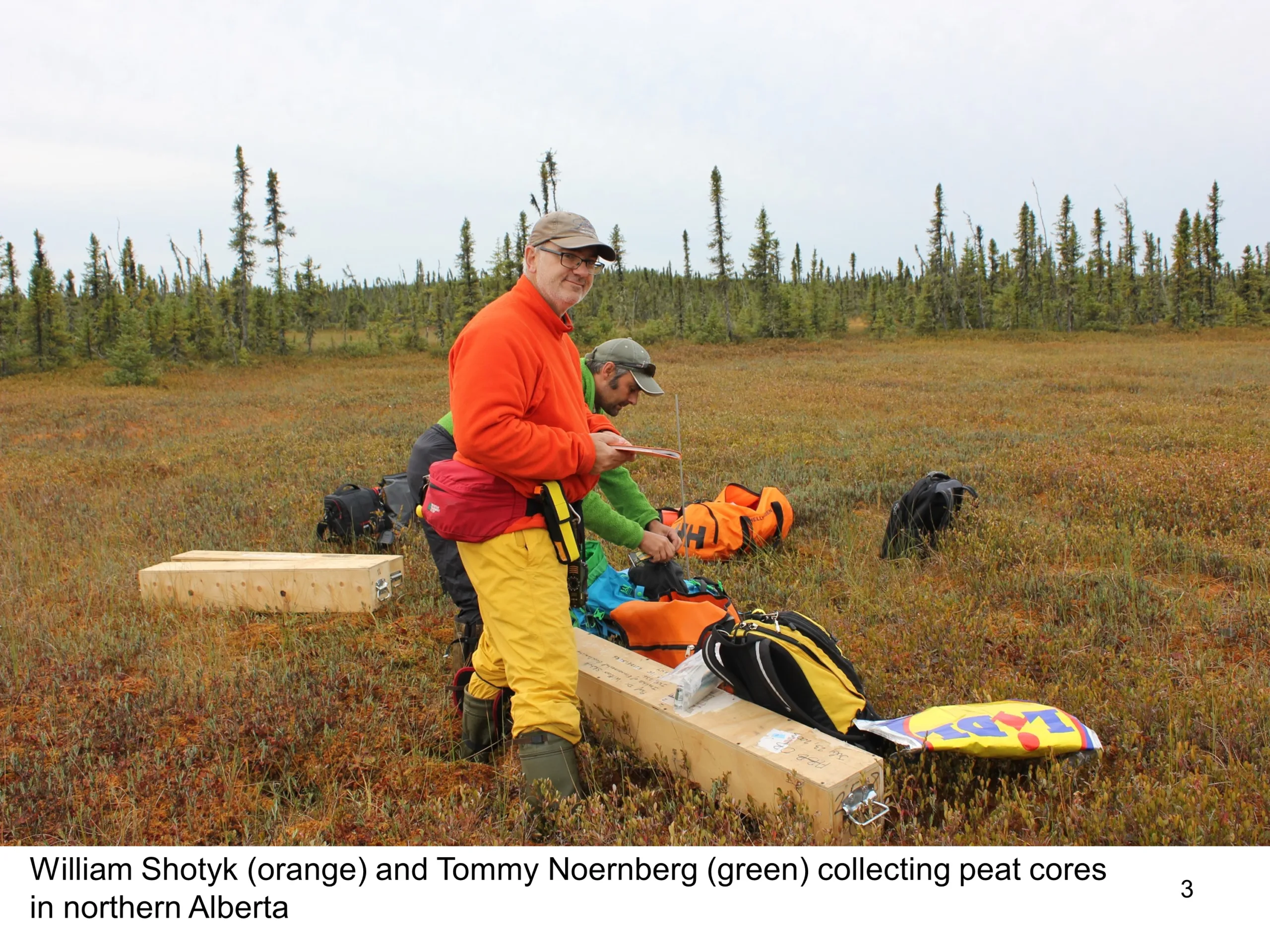Creating Wetlands

Efforts by Canada’s oil sands industry to lessen its environmental footprint have resulted in globally significant work to reduce impacts to air, water and land and support biodiversity in Alberta’s boreal forest.
The industry aspires to be a world leader in environmental management.
Here’s one example of the work underway by Pathways Alliance companies: ensuring the sustainability of new wetlands.
We can build wetlands, now what?
A research chair at the University of Calgary is poised to help oil sands companies measure the success of their wetland reclamation. Jan Ciborowski, a leading wetlands scientist with a passion for solving big environmental questions, is the NSERC COSIA Industrial Research Chair in Oil Sands Wetland Reclamation. The Chair is made possible by a partnership between the Natural Sciences Engineering and Research Council (NSERC) and COSIA, the innovation arm of Pathways Alliance.
The question Ciborowski is tackling under this Chair program is: how do we know that this wetland that industry has created will be sustainable over the long-term?
A common feature in northern Alberta, wetlands are distinct ecosystems that are flooded by water. Ciborowski’s research specialty is how human use of a landscape affects vegetation, fish, invertebrates such as insects and worms, and how all these factors impact the natural food chain. Over the 20 years he’s studied Alberta’s wetlands, Ciborowski has been able to develop novel biological indicators that measure reclamation success.
“The scientific community studying the oil sands region have learned a lot over the years about how wetlands form and behave in a reclaimed landscape,” Ciborowski explains. “We’ve learned enough so that companies could start building full scale wetlands on disturbed land at mining sites.
Now the wetlands are four or five years old they look really good, they are lush, green and full of wildlife. But there isn’t a framework or standard set of measures we can use to assess young, constructed wetlands and predict their future success.” That is the knowledge gap Ciborowski and his team are bridging with this large-scale, pioneering five-year Chair program.
Ciborowski and his team will analyze, for example, whether the landscape is completely flat or left uneven, providing habitat variety; whether the water that’s present is seasonal or permanent; and water quality – whether water is fresh or salty, for instance. They can gauge the ecological health of various wetlands by sampling aquatic organisms, studying developing vegetation, and observing bird species, amongst other things.
“We’re really interested in biota – the animal and plant life found in a particular habitat at a specific point in time – and what that says about the area,” Ciborowski explains. “For example, why are ducks present in this particular area of the wetland? It’s because the natural features needed to support them are there.”
Ciborowski’s team includes a number of specialized experts, as well as undergraduate, graduate and post-doctoral students, some of whom are conducting sampling at 100 different wetland sites over consecutive summers. “We’ve always integrated students into field teams and given them opportunities to learn from company researchers,” says Ciborowski. “It’s an opportunity to train the highly skilled people that industry needs and to develop the next generation of reclamation experts.”
Canada’ boreal forest covers 40 per cent of the country from coast to coast and stretches beyond its borders to encircle the globe. The tools developed under this Chair program could be widely applicable to other industries in Canada located in the boreal zone, such as pulp and paper, and potentially to industries in other countries too.
Learn more about the efforts of Pathways Alliance members to advance responsible development of the oil sands industry.


